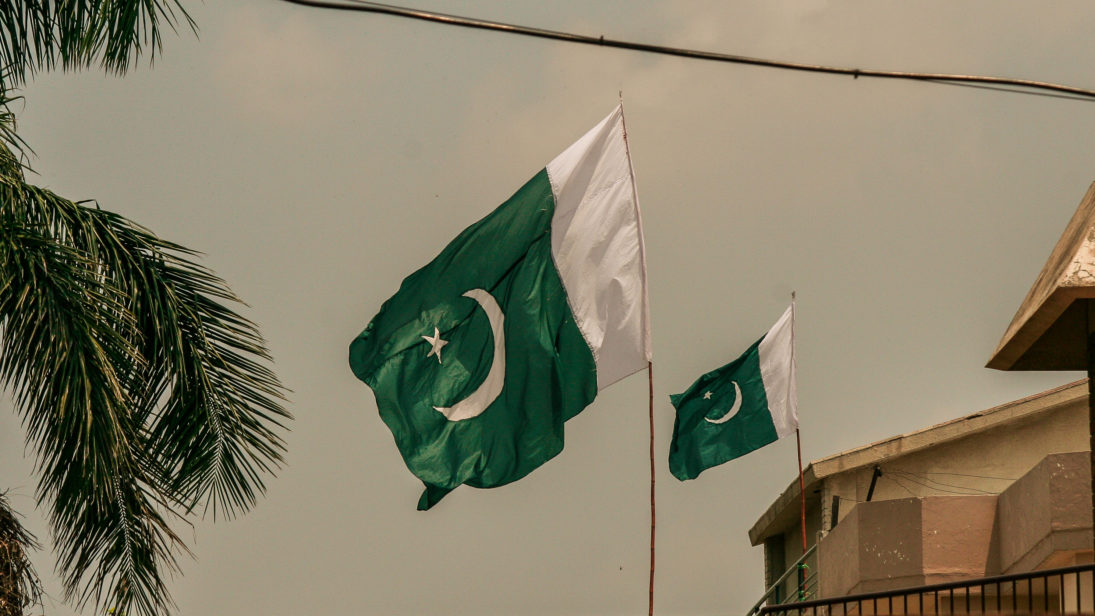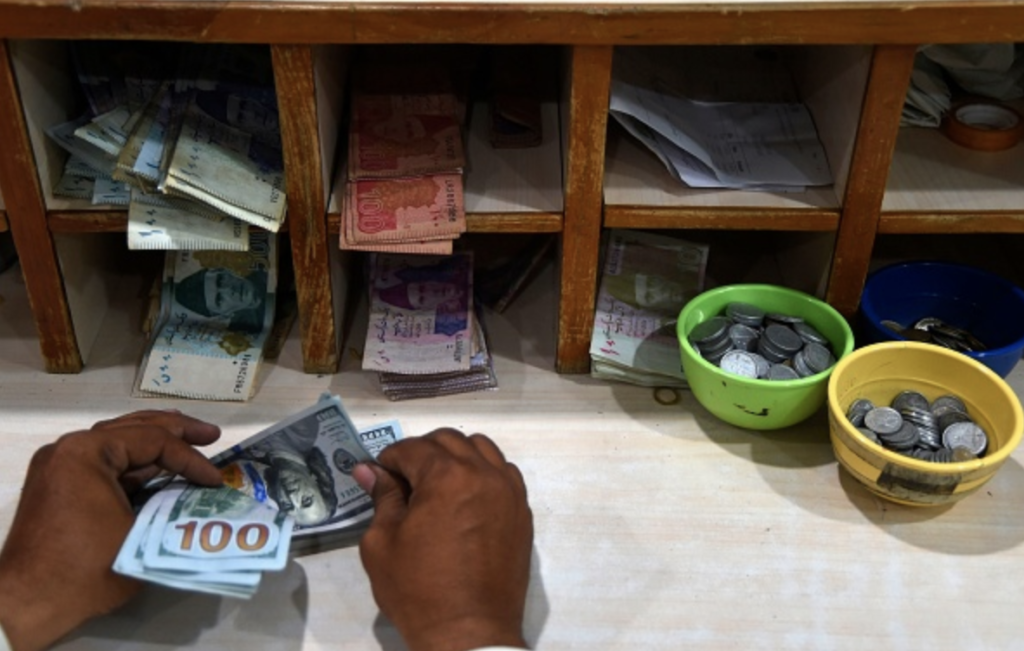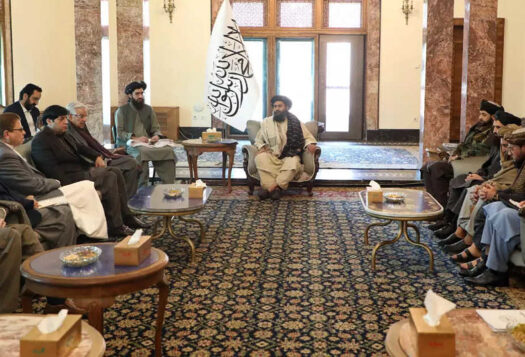
Pakistan has recently received the first tranche of USD $991.4 million under the three-year, USD $6 billion IMF bailout program. Many IMF customers suffer from fiscal and current account deficits, resulting in declining foreign currency reserves, and Pakistan is no exception. Under its recent IMF bailout program, Pakistan has agreed to increase its revenues through heavy taxation, severe cuts on government spending, and market-led currency reforms. These agreements will have serious repercussions for Pakistan’s struggling economy, potentially including slower economic growth, higher inflation due to rupee devaluation, and increased unemployment. The Pakistan Tehreek-e-Insaf (PTI) government needs to reconsider its tax policies and cuts to development budgets. As it currently stands, the working class will suffer the brunt of this economic crisis. The PTI should, instead, address Pakistan’s structural economic issues.
Impact on Pakistan’s Development and Growth
According to an IMF staff report released in July, Pakistan’s government will drastically increase revenues mobilization through taxation by four to five percent of its GDP. This will increase the tax to GDP ratio from 10.4 percent to 15.3 percent. Additionally, the current government has promised to broaden the tax base, remove tax exemptions, and transform the Generalized Sales Tax into a Value Added Tax. Ambitious revenue targets have been set but are likely unattainable, according to leading Pakistani economist Dr. Ashfaq Hassan Khan. The report states that the Pakistani authorities have agreed to increase total tax revenues by USD $9.74 billion this year, followed by an increase of USD $9.37 billion in 2020 and USD $8.18 billion in 2021. At the moment, there is no clarity on these new tax plans, severely shaking investor confidence.
Simultaneously, the rupee has lost its value by nearly 50 percent since 2017. The inflation rate hovers around nine percent and is expected to rise further in the coming months to about 13 percent. In June, the rupee reached an all-time low of Rs 164 against the dollar. Despite the devaluation, Pakistan’s exports have remained unchanged, leading to a trade deficit of over USD $30 billion.
There is a rising discontent among the general masses as prices for basic necessities and taxation both increase. Rupee devaluation, rising energy costs, and higher taxes have increased the costs of production. Nationwide, traders have called for strikes against IMF-imposed taxes and the complicated taxation mechanism introduced by the Federal Board of Revenue (FBR). For example, Honda Atlas Cars Pakistan stopped its production for 10 days and Indus Motors, which produces Toyota models, has also decided to stop production for eight days during the month of July.
It is estimated that the GDP growth rate will fall to 2.4 percent next year—the lowest Pakistan has seen in a decade—while its South Asian neighbors such as India and Bangladesh are experiencing a seven percent growth rate.
Severe austerity measures have already affected various development projects in the country. In the June 2019 budget, the budget allocation for Education Affairs and Services has been reduced by 20.5 percent. Sweeping cuts in Pakistan’s higher education budget have also been made. This is a dismal development for a country that only spends 2.4 percent of its GDP on education—the second lowest in the region after Afghanistan—and whose 22.8 million children, ages five to 16, are already out of school.
These measures are certain to limit Pakistan’s economic growth in the coming years. It is estimated that the GDP growth rate will fall to 2.4 percent next year—the lowest Pakistan has seen in a decade—while its South Asian neighbors such as India and Bangladesh are experiencing a seven percent growth rate. The excessive rupee devaluation and high interest rates will slow down the country’s economic activity, due to the rise in production costs, and will increase debt servicing costs in the coming years. This will not only make it costlier to repay debt later, but will also discourage foreign investment because of high borrowing costs. That being said, industry closures and slowdowns, coupled with a fall in government expenditure, will likely lead to a rise in unemployment, further increasing poverty rates.
Knocking at the IMF’s Doors Again
Pakistan’s dependency on the IMF is not new. Since 1958, the country has made 22 loan agreements with the IMF and its imports continue to exceed its minimal exports, putting pressure on its foreign exchange reserves. The resulting balance of payment crisis is what forces Pakistan to knock on the doors of the IMF time and again.
The country’s decades old dependency on the IMF is predicated on its economy’s structural problems. First, Pakistan has failed to expand its export portfolio and continues to rely heavily on a few low value-added items with limited market access. As for exported goods, many fail to compete effectively in international markets due to their quality or high prices. This is the case within South Asia itself: Pakistani exports lack easy access to regional markets, except for China. According to the World Bank’s latest report, intraregional trade in South Asia accounts for only one percent of the regional GDP. Compare this to East Asia and the Pacific, where intraregional trade stands at 11 percent of the region’s GDP.
Second, a prevalent tax avoidance culture feeds into this fiscal deficit. The current government needs to ensure that the ruling elite, businessmen, and landlords are being taxed rather than shifting the burden on the working class. The PTI is working to eliminate this culture, claiming that it has been successful in adding about 137,000 people to the tax filers list. This has been achieved by having wealthy Pakistanis declare their wealth through an amnesty scheme, with about USD $400 million worth of taxes to be collected.
Third, Pakistan has opened its market to a large number of imported goods, which under the fixed exchange rate system were affordable to the middle class Pakistanis. This has led to an increase in demand for imports and has put a pressure on the country’s foreign currency reserves.

Broadening theTax Base
The recent tranche from the IMF has increased Pakistan’s foreign exchange reserves by 12.9 percent, to $8 billion. This has, unfortunately, come at the cost of severe austerity measures by the current government. The IMF’s approach is often criticized as being “anti-poor.” Austerity measures introduced as part of an IMF bailout often lead to cuts in welfare benefits, the privatization of state-owned enterprises, and fewer employment opportunities. Similarly, the measures Pakistan has adopted under the IMF prescription will reduce government expenditure, increase taxes on the poor, and slow down economic growth. To avoid a similar balance of payment crisis in the future, the government needs to consider new ways to address its structural economic issues by increasing its exports and broadening the tax base to tax the rich instead of burdening the working class.
Unfortunately, the taxes currently collected by the government will not naturally “trickle down” to the poorest in Pakistan due to numerous factors—weak economic policies and corruption being the most significant. This ultimately leaves the masses on the losing end, exposed to unfair and regressive taxation and unable to gain access to good education, healthcare, clean drinking water, and proper sanitation. The PTI government is trying to resolve the corruption issue by bringing a large number of people under the tax net, changing taxation mechanisms and procedures, and addressing existing tax loopholes. However, the business community has bristled at these tax policy changes.
It would, however, be unfair to entirely blame the PTI government, as it inherited this economic crisis from the previous Pakistan Muslim League-Nawaz (PML-N) government, which pursued weak economic policies such as a consumption and import-led growth model. The previous PML-N government couldn’t fulfill the promises it made to the IMF, including the broadening of the tax base and privatization of state enterprises. This is partially why Pakistan found itself once again at the doors of the IMF.
If Prime Minister Imran Khan carries on with regressive taxation policies of high indirect taxes, the poor will suffer the most. The prices of general commodities have gone up, making it difficult for the common man to make ends meet.
If Prime Minister Imran Khan carries on with regressive taxation policies of high indirect taxes, the poor will suffer the most. The prices of general commodities have gone up, making it difficult for the common man to make ends meet. This can severely affect Khan’s popularity in the coming months, which has already dropped from 58 percent in April 2019 to 45 percent in two months according to a survey conducted by Gallup Pakistan. With the success of the national traders’ strike, the government is under pressure from all sides and will have to rethink its approach to the economic crisis. Only time will tell whether Imran Khan’s PTI can sustain rising public resentment against the government’s economic policies.
***
Click here to read this article in Urdu.
Image 1: Wikimedia
Image 2: AFP via Getty


